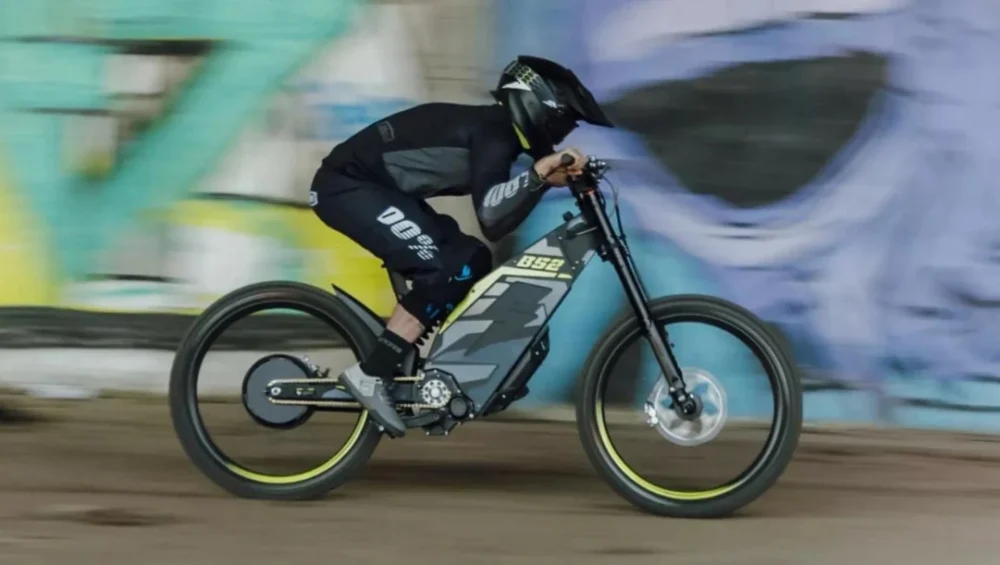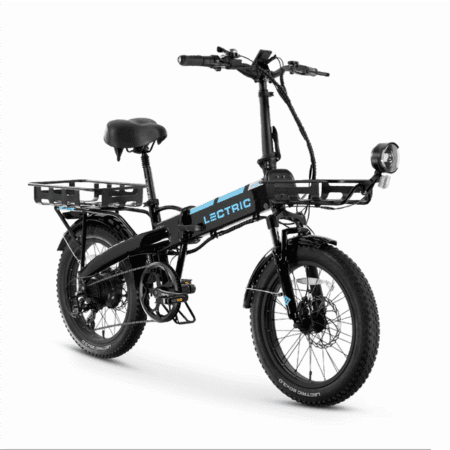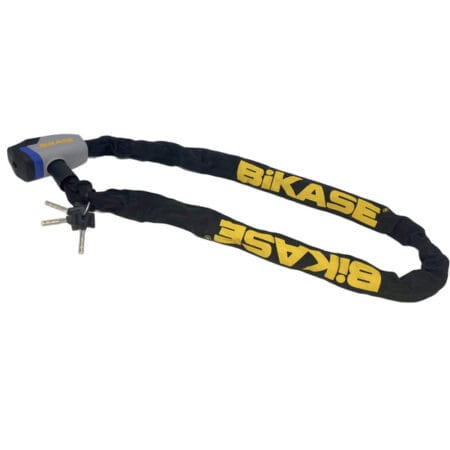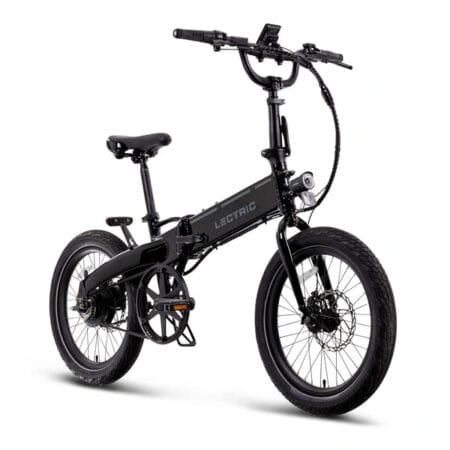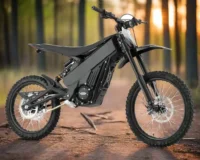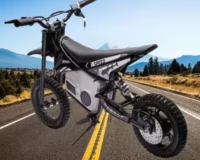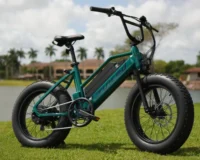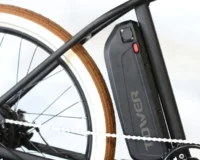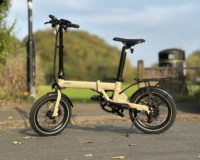How Fast Can an Electric Bike Go?
Electric bikes (e-bikes) are revolutionizing the way we commute and explore the outdoors. One of the most commonly asked questions by new and seasoned riders alike is, “How fast can an electric bike go?” In this guide, we’ll cover everything you need to know about e-bike speeds, including different types of e-bikes, factors that affect their speed, and tips for riding safely at higher speeds.
The Basics of Electric Bike Speed
The speed of an electric bike depends on several factors, including the motor power, battery, and local regulations. Generally, most e-bikes are designed to assist riders up to specific speed limits for safety and legal compliance. Here’s a breakdown of typical e-bike speed categories:
- Class 1 E-Bikes: These e-bikes provide pedal-assist up to 20 mph (32 km/h). Once you hit this speed, the motor stops assisting.
- Class 2 E-Bikes: Equipped with a throttle, these bikes also reach a maximum speed of 20 mph (32 km/h). You don’t need to pedal to maintain this speed.
- Class 3 E-Bikes: Known as “speed pedelecs,” these provide pedal-assist up to 28 mph (45 km/h), making them the fastest legal e-bikes in many regions. This increased speed capability caters to riders looking for quicker commutes.
- Off-Road or Unrestricted E-Bikes: Some high-performance e-bikes, often used for off-road purposes, can reach speeds of 30 mph (48 km/h) or more. However, these may not be street-legal in most areas due to exceeding regulated e-bike speeds.
Factors That Affect how Fast can an Electric bike go?
Several factors influence how fast an electric bike can go, impacting the achievable e-bike speed:
Motor Power: E-bike motors typically range from 250 watts to 750 watts or higher. A more powerful motor can help you reach and maintain higher speeds, especially on hills or rough terrain. The motor’s capability is a primary determinant of the maximum e-bike speed.
Battery Capacity: The size of the battery (measured in watt-hours) determines how much power the motor can draw. A larger battery can sustain higher speeds for longer distances, allowing you to enjoy the bike’s full speed potential for extended periods.
Weight of Rider and Cargo: The combined weight of the rider, cargo, and bike affects how quickly an e-bike accelerates and maintains speed. Heavier loads will reduce the top speed and require more effort from the motor to reach its maximum e-bike speed.
Terrain and Road Conditions: Smooth, flat roads allow for faster speeds, while hills, rough terrain, and headwinds slow you down. Off-road e-bikes may be capable of higher speeds, but their performance depends heavily on the specific terrain and its resistance to the e-bike’s speed.
Tire Type and Pressure: Properly inflated tires and those designed for high speeds, such as road or hybrid tires, can improve speed and efficiency. Tire choice can significantly influence the attainable e-bike speed.
Legal Speed Limits: Many countries and states regulate e-bike speeds to ensure safety. For instance:
- United States: Class 1 and Class 2 e-bikes are limited to 20 mph, while Class 3 e-bikes can go up to 28 mph. These legal speed restrictions are important to consider.
- European Union: E-bikes are restricted to 25 km/h (15.5 mph) for motor assistance, a notable difference in regulated e-bike speed.
How to Make an E-Bike Go Faster (Legally)
If you’re looking to maximize your e-bike’s speed while staying within legal and safety limits, here are a few tips to consider for optimizing your e-bike speed:
- Keep Your Bike Well-Maintained: Regularly clean and lubricate the chain, check tire pressure, and ensure the motor and battery are functioning efficiently. A well-maintained bike will more readily achieve its designed e-bike speed.
- Lighten Your Load: Reducing unnecessary weight can improve your bike’s performance and speed, allowing the motor to more easily reach its optimal e-bike speed.
- Upgrade Components: Consider installing higher-quality tires or a more efficient drivetrain for better speed and control, potentially unlocking more of your e-bike’s speed potential within legal limits.
- Ride on Smooth Surfaces: Opt for paved roads or bike paths to minimize resistance and maintain higher speeds, allowing you to experience the higher end of your e-bike’s speed range.
- Use Pedal Power: Combine motor assistance with your own pedaling effort to reach and maintain faster speeds, effectively increasing your overall e-bike speed beyond what the motor alone might provide at the cutoff.
Safety Tips for Riding at High Speeds
Riding an e-bike at higher speeds can be thrilling, but it’s essential to prioritize safety. Here are some tips to keep in mind when pushing the limits of your e-bike speed:
- Wear a Helmet: Always wear a high-quality helmet rated for high-speed riding to protect yourself in case of accidents at higher e-bike speeds.
- Use Proper Lighting: Install front and rear lights for better visibility, especially if you’re riding at night or in low-light conditions, as increased speed requires greater visibility.
- Follow Traffic Laws: Obey all local traffic regulations, including speed limits for e-bikes, ensuring you are riding your e-bike speed legally and safely.
- Check Your Brakes: Make sure your brakes are in excellent condition to handle sudden stops at high speeds that your e-bike speed is capable of reaching.
- Stay Alert: Be mindful of pedestrians, cars, and other cyclists, especially in crowded areas, as higher e-bike speeds require increased awareness.
Frequently Asked Questions
Can an electric bike go 40 mph? Most street-legal e-bikes are capped at 28 mph (45 km/h). However, some high-performance or modified e-bikes can reach speeds of 40 mph or more, but these are typically not legal for road use due to exceeding regulated e-bike speeds.
How fast is a 1000W e-bike? A 1000W e-bike can reach speeds of up to 35 mph (56 km/h) on flat terrain, depending on the rider’s weight and road conditions. However, these are often classified as motorized vehicles and may not be street-legal due to their potential e-bike speed.
What is the fastest e-bike on the market? High-end e-bikes like the Stealth B-52 Bomber or custom e-bikes can achieve speeds of 50 mph (80 km/h) or more. These are designed for off-road or racing purposes, where regulated e-bike speeds may not apply.
Conclusion: The Thrill of E-Bike Speed
Electric bikes offer a unique combination of convenience, efficiency, and speed. While most e-bikes are designed with legal speed limits for safety, there are options to explore faster models for off-road or specialized use. Whether you’re commuting, exercising, or just enjoying the ride, understanding your e-bike’s speed capabilities and limitations is key to maximizing your experience.
So, how fast can an electric bike go? The answer depends on the type of bike, local regulations, and how you ride. No matter the speed, always prioritize safety and enjoy the ride!

